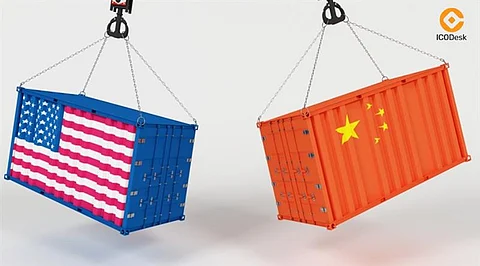

Following two days of high-level trade talks in Stockholm, U.S. and Chinese officials agreed that extending the current tariff pause would help ease some tension between the world's two largest economies. Both sides described the talks as constructive, discussing key trade issues and broader geopolitical concerns, including technology exports, sanctioned oil purchases, and rare earth supply chains.
The existing tariff agreement between both parties caps tariffs on Chinese imports at 30% on the U.S. side, whereas China imposes a duty of 10% on goods from America.
These tariff rates served as the foundation for a truce agreed upon in May and will remain in place while both parties negotiate a potential 90-day extension. Without such an extension, the tariffs could have reverted to levels previously threatened, between 80% and 145%, thus reviving significant economic disruption.
US Treasury Secretary Scott Bessent also mentioned the optimistic mood in the discussions, although the ultimate decision on extending the pause rests with President Donald Trump.
“We had deep, honest conversations,” Bessent said. “But the president will make the final call.” U.S. Trade Representative Jamieson Greer echoed this, saying the administration is committed to a strong and fair agreement, but willing to act if progress stalls.
The Chinese delegation, led by Vice Premier He Lifeng, confirmed that both sides agree on the importance of keeping trade stable. He said that Beijing stays committed to ongoing dialogue and preventing escalation.
Additionally, Chinese officials said discussions included U.S. concerns about Chinese companies allegedly supporting Russian military supplies and the potential misuse of dual-use technologies.
The current armistice is scheduled to end on August 12. It has provided some relief to businesses on both sides. The world's markets have generally reacted positively to rumors of an extension, but analysts highlight ongoing stability in trade relations. Others view it as a warning: unless a long-term solution is found, uncertainty will persist, affecting investment and growth.
From what it looks like, the US team will return to Washington to report to President Trump and wait for his decision on whether to extend sanctions. There’s also speculation about a possible meeting between Trump and Chinese President Xi Jinping later in the year, which could lay the groundwork for a larger, more lasting trade agreement.